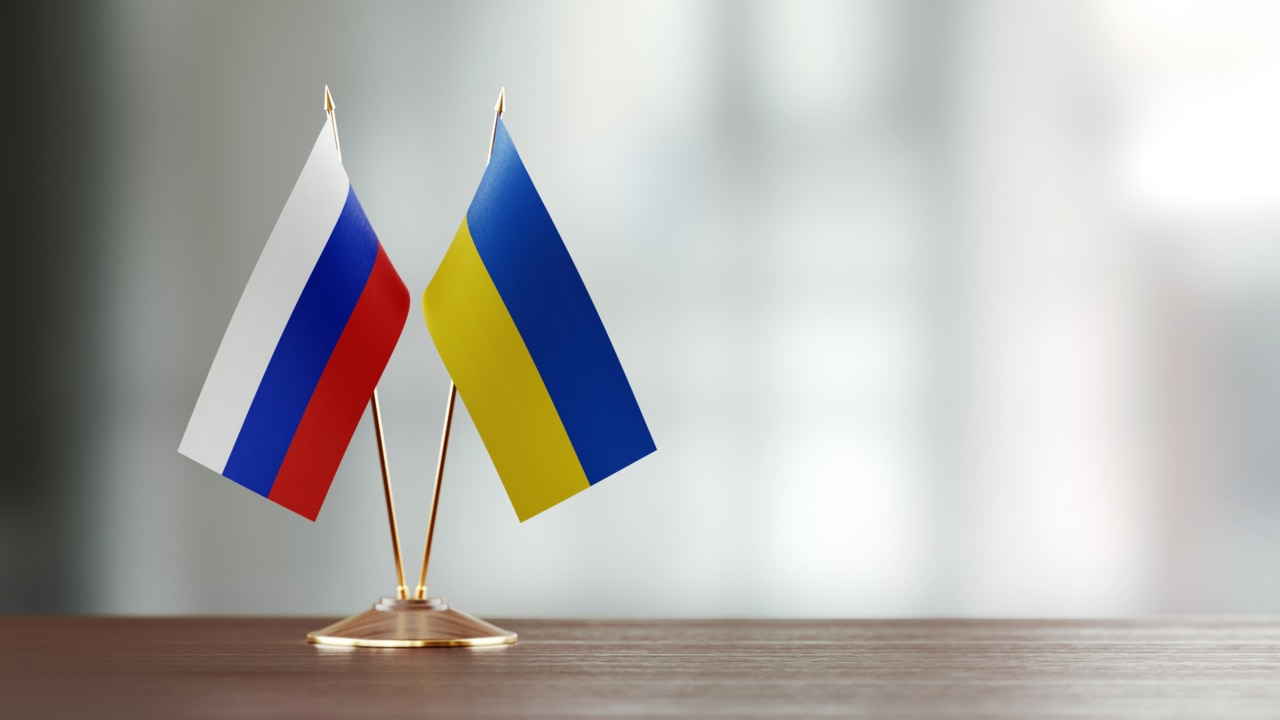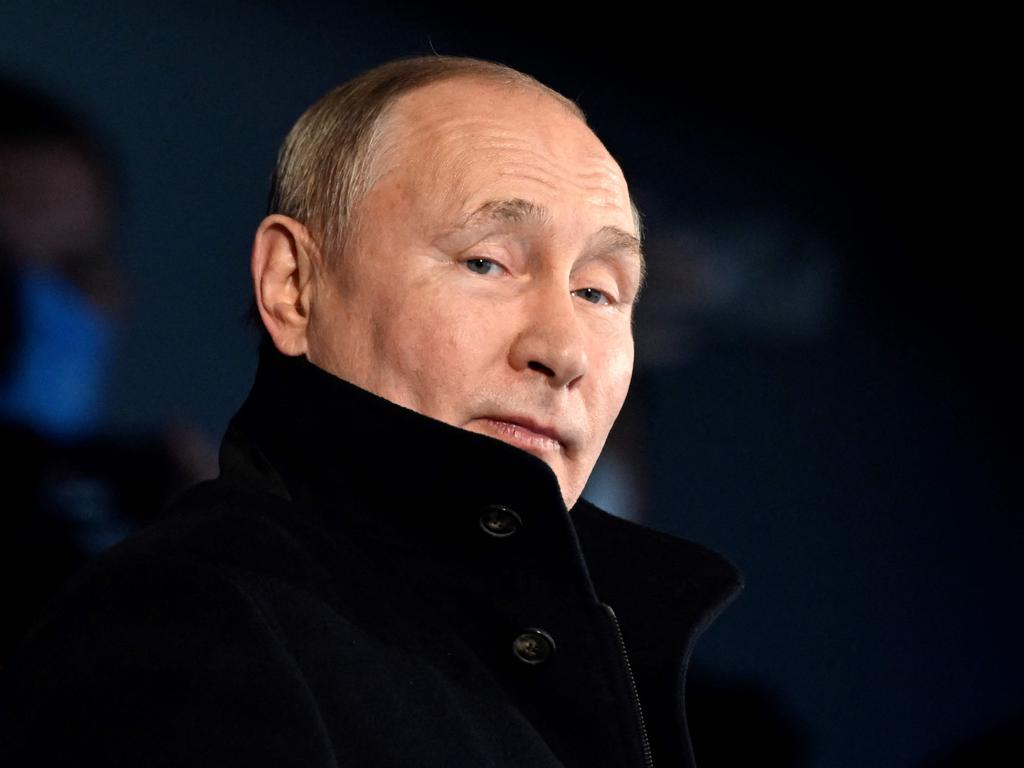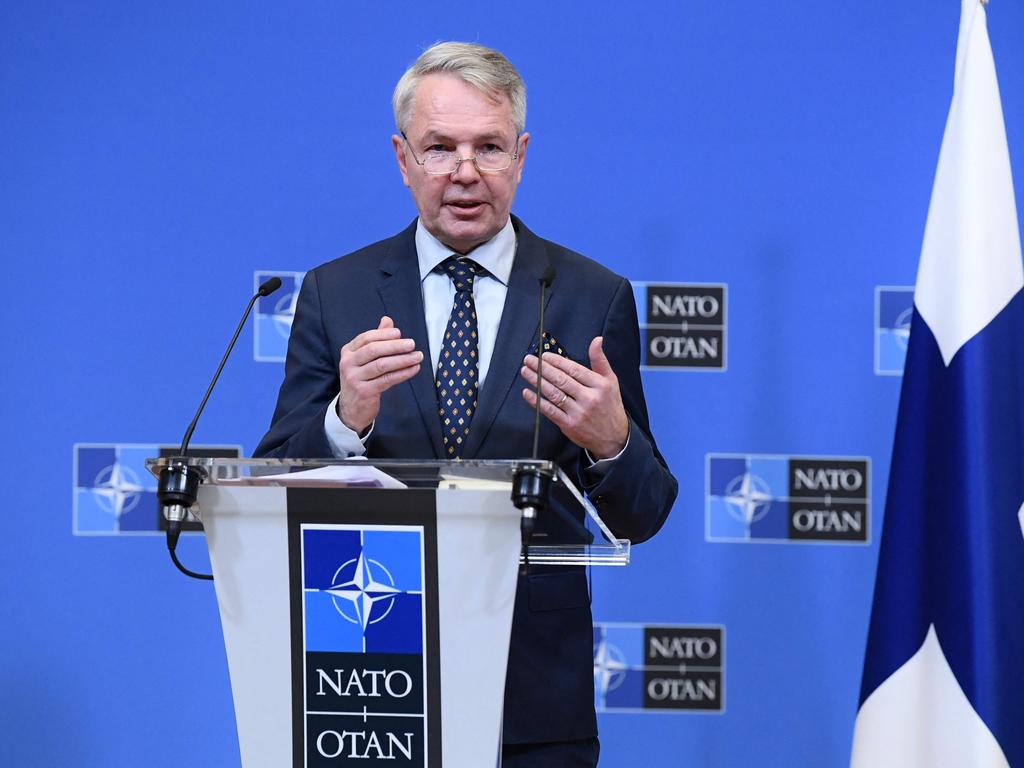Russia’s old fears spur Vladimir Putin into display of might

In August 2019 I visited an old abandoned Russian military base in Ukraine. Because it was in the Chernobyl Exclusion Zone it was largely intact, apart from encroachment by forest. In the command centre there were schematics of American missiles and details of their characteristics.
The base had an enormous Duga over-the-horizon radar antenna that was 700m in length and 150m in height. Within the Western intelligence community it was known as Steel Work. It was part of the old Soviet missile defence early-warning network. There were two such Duga OTH radars: the one near Chernobyl and another in eastern Siberia near Komsomolsk-on-Amur. The Duga system operated from July 1976 to December 1989.

Soviet early warning systems reflected a concern about a US-NATO missile attack from western Europe. The Soviets had no comparable short lead time land-based attack capability to strike US territory and were reliant on nuclear-warheaded submarine-launched ballistic missiles and intercontinental ballistic missiles.
President Vladimir Putin’s generation grew up in this environment of fear of surprise attack by the West, and that is probably driving contemporary Russian concerns about NATO encroachment and Russia again becoming vulnerable to short and intermediate-range missile attack.
Despite Russia’s small economy, Moscow still has a grand view of Russia’s important place on the world stage. Militarily and politically, Russia punches well above its economic weight. Russia’s gross domestic product is only $US1.5 trillion ($2.12 trillion) compared with Australia’s $US1.3 trillion and Germany’s $US3.8 trillion. Russia manages to be impressive militarily by sacrificing 4.3 per cent of its GDP to defence (Australia spends slightly more than 2 per cent). The GDP of the US is $US21 trillion.
The Russian population – because of its historical fear of invasion – broadly supports the high level of Russian military expenditure. In May 2015 I went to Moscow for the 70th annual military parade to commemorate the end of what the Russians call the Great Patriotic War (the conflict fought from 1941 to 1945 along the Eastern Front, primarily between the Soviet Union and Nazi Germany, that led to the death of more than 30 million Russians). Many Muscovites carried pictures of relatives killed during the war, dressed themselves in wartime military uniforms and brought flowers to give to veterans.

A June 2016 Levada poll found that 68 per cent of Russians think NATO troops in the Baltic States and Poland – former Eastern bloc countries bordering Russia – are a threat to Russia.
The measures Russia is taking to pressure Ukraine against joining NATO include the build-up of 100,000 Russian troops along the border with Ukraine, supporting pro-Russia separatists in Ukraine and mounting an international diplomatic offensive primarily directed against the US.
While Putin’s assertion that Russia does not want to go to war in Ukraine is probably true, any build-up of forces by two adversaries in proximity can lead easily to unintended consequences.
However, in the event of a conflict between Russian and Ukrainian forces that involved NATO, the US would be loath to go nuclear because in an escalating nuclear exchange nobody wins.
Russian and American strategists are well aware of the continued relevance of mutually assured destruction. The most likely outcome of conflict would be Russian occupation of more of Ukraine.
Do Russia’s concerns about NATO have any foundation? Since NATO’s founding in 1949, the security alliance has increased from 12 countries to 30. NATO recognises Bosnia, Georgia and Ukraine as aspiring members. An additional 20 countries participate in NATO’s Partnership for Peace program, with 15 other countries involved in institutionalised dialogue programs.

Australia is one of NATO’s “partners across the globe”, with a deal to work together on crisis and conflict management, post-conflict situations, reconstruction, facilitating humanitarian assistance and disaster relief. NATO also has engaged in several out-of-area commitments, such as its International Security Assistance Force in Afghanistan and military support activities in Iraq, the Gulf of Aden and Libya. Combined military spending of NATO members in 2020 constituted more than 57 per cent of the global total of military expenditure.
Russia opposes any NATO expansion, regarding it as inconsistent with informal understandings between Soviet leader Mikhail Gorbachev and European and US negotiators that allowed for peaceful German reunification. The Kremlin wants the West to respect a 1999 agreement that no country can strengthen its own security at the expense of others.
Moscow also sees US-dominated NATO expansion as a continuation of the US’s Cold War intent to surround and isolate Russia. From a Russian perspective, NATO not only poses a growing military threat but also limits Russia’s external strategic options in the Mediterranean and Middle East, particularly given the economic limits on what it can afford to do. On November 30 last year, Putin said an expansion of NATO’s presence in Ukraine, especially deployment of any long-range missiles – such as those in Romania and Poland, capable of striking Russian cities or missile defence systems – would be a “red line” issue for Russia.
A problem Putin faces if he fails to stop Ukraine from joining NATO is being seen as weak, and that will encourage others, such as China, to be more assertive in their territorial disputes with Russia. It also might encourage other former members of the Soviet bloc to join or establish a closer relationship with NATO.
Clive Williams is a visiting fellow at the Australian National University’s Strategic and Defence Studies Centre.







Russia has always had concerns about the security of its borders, so it’s not surprising Moscow is agitated about any prospect of Ukraine joining NATO. No doubt there would be a similar US reaction if Mexico were considering joining a security pact dominated by Russia.